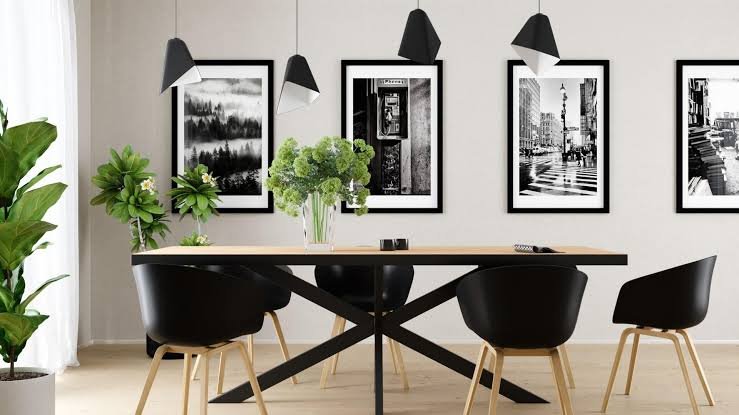How to Design Indoor Stadiums With Spectator Comfort in Mind
Australia, known for its stunning natural wonders such as the Great Barrier Reef and the Outback, offers a diverse range of breathtaking places to explore. In addition to its natural beauty, Australia boasts world-class stadiums that host a wide array of sports and entertainment events, making it a hub for both athletes and spectators alike. In the meantime, designing indoor stadiums is a multifaceted challenge that involves more than just creating a visually impressive space. It’s about crafting an environment where spectators can enjoy events comfortably, creating lasting memories. So, whether you’re planning a new stadium in Australia and seating is a top priority, or you’re considering renovations to enhance the spectator experience, this guide explores key elements to keep in mind when designing indoor stadiums with spectator comfort as the foremost consideration.
Optimal Seating Arrangements: Balancing Capacity and Comfort
The seating arrangement is a cornerstone of spectator comfort. It’s essential to strike the right balance between maximizing capacity and ensuring each seat provides a clear view of the action. Thoughtful placement and design of seating tiers, with proper legroom and backrest angles, can significantly enhance the spectator experience.
Climate Control: Maintaining Comfort Year-Round
Indoor stadiums in Australia experience a wide range of climate conditions. Effective climate control systems are crucial to ensure spectator comfort year-round. Proper ventilation, air conditioning, and temperature regulation systems can maintain a pleasant environment, even during scorching summers or chilly winters.
Acoustic Design: Crystal Clear Sound for Every Spectator
Clear and immersive audio is a vital component of the stadium experience. Careful acoustic design, including strategically placed speakers and sound-absorbing materials, ensures that spectators can hear every cheer, chant, and announcement without distortion or echo.
Sightlines and Jumbotron Placement: Unobstructed Views for All
Unobstructed sightlines are essential in indoor stadiums. Properly designed seating tiers and the strategic placement of large screens or Jumbotrons ensure that spectators in every seat have an excellent view of the event, even in large stadiums. Spectators should never miss a moment due to blocked sightlines.
Seating Comfort and Ergonomics: Cushioned for Enjoyment
The comfort of seating is a paramount concern. As such, stadium seats should offer ergonomic support, with cushioning that allows spectators to enjoy the event without discomfort. Ergonomically designed seats help spectators focus on the action rather than their physical discomfort.
Accessibility and Amenities: Inclusive and Convenient Facilities
Indoor stadiums must prioritize accessibility for all spectators, including those with disabilities. So, ensure that there are accessible seating areas, ramps, elevators, and amenities like restrooms and concessions readily available. The more inclusive and convenient your stadium is, the more enjoyable the experience for all.
Aesthetics and Ambiance: Creating an Inviting Atmosphere
Spectator comfort goes beyond physical aspects; it also involves the overall ambiance of the stadium. Thoughtful lighting, decor, and visual elements can create an inviting and exciting atmosphere. Engaging visuals, including large-scale graphics or team branding, can enhance the overall experience.
Safety and Security: Ensuring Peace of Mind
Spectator comfort includes feeling safe and secure. Robust security measures, well-trained staff, and visible emergency exits contribute to spectators’ overall sense of well-being. Knowing that they are in a secure environment allows them to enjoy the event fully.
Conclusion
Designing indoor stadiums with spectator comfort in mind is an art and a science. It’s about creating an environment where every spectator, whether attending a sporting event, concert, or other entertainment, feels valued and engaged. Whether you’re building a new stadium in Australia and seating is a central concern, or you’re improving an existing facility, focusing on seating arrangements, climate control, acoustics, sightlines, seating comfort, accessibility, aesthetics, safety, and security will ensure that your indoor stadium becomes a place where unforgettable memories are made, and spectators can enjoy every moment in complete comfort. Incorporating these principles into stadium design ensures that indoor stadiums become not just venues for events but spaces where spectator comfort takes center stage, allowing for unforgettable and enjoyable experiences.







